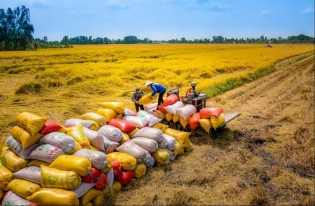
Vietnam’s premium rice exports thrive amid global challenges
19:05 | 23/03/2025 12:32 | 24/06/2025Trade
China’s approval of six additional planting area and packing facility codes for Vietnamese coconuts from An Giang province has provided a significant boost, opening wider doors for this commodity to penetrate the billion-person market. Industry and Trade Newspaper spoke with Mr. Cao Ba Dang Khoa, General Secretary of the Vietnam Coconut Association, to discuss this development.
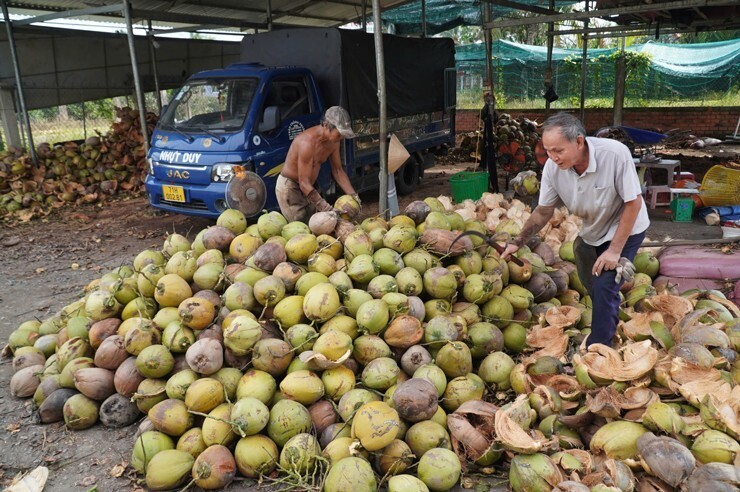
Vietnam’s coconut exports, projected to exceed $1.1 billion in 2025, gain traction in China with new planting codes.
- What does China’s approval of six planting and packing codes for An Giang mean for the local and national coconut industry?
Mr. Cao Ba Dang Khoa: Globally, 225 countries demand coconut imports, but only 179 can export, with 5-6 nations, including the Philippines, Indonesia, Malaysia, and Vietnam, dominating over 90% of global exports.
On August 22, 2025, China’s General Administration of Customs (GACC) approved six codes for An Giang, marking a pivotal step for Vietnam’s coconut industry. China accounts for 30-35% of Vietnam’s coconut export revenue, and its logistical proximity enhances this opportunity.
Vietnam’s fresh coconut exports, which began just five years ago, have seen farmgate prices rise from VND 1,900-2,000 per coconut in 2019-2020 to VND 13,000-14,000 today.
In major Chinese cities like Beijing, Shanghai, and Tianjin, retail prices reach nearly VND 100,000 per coconut, a competitive price despite stringent quality standards. These codes are key to deeper market access, but sustainable growth requires transparency in production to avoid pitfalls seen in other agricultural sectors.
- What share of China’s coconut imports does Vietnam currently hold?
Mr. Cao Ba Dang Khoa: Vietnam’s coconut exports to China, though only five years old and gaining traction in the last two, remain modest. China primarily imports from Thailand, Malaysia, the Philippines, and Indonesia, with Vietnam ranking 7th or 8th for fresh coconuts. However, Vietnam excels in processed coconut products. With China consuming over 6 billion coconuts annually, Vietnam’s small share highlights immense market potential.
- As a latecomer to China, what enhances the competitiveness of Vietnamese coconuts?
Mr. Cao Ba Dang Khoa: Beyond competitive pricing, Vietnam’s coconuts benefit from naturally bred varieties, free from genetic modification, offering a distinctive aroma and sweetness favored in markets like the U.S. and China. Fresh coconuts are easy to transport, have a long shelf life, and support high-value products like dried coconut, coconut milk, and cosmetics. The industry’s shift toward organic farming and ethical agricultural practices further strengthens its global standing.
- What is your outlook for the coconut industry’s export performance this year?
Mr. Cao Ba Dang Khoa: This year’s coconut exports show notable trends. Raw dried coconut prices have surged, but fresh coconut prices dipped recently due to inconsistent planting practices and non-standardized varieties, complicating uniform sourcing. Mixed varieties like fire coconut, green Siamese, and red Siamese have also cooled prices from earlier peaks.
Meanwhile, raw coconut imports, nearing $80 million this year, continue to rise, boosting overall exports by about 20% compared to last year. After accounting for imports, net growth is estimated at 10-15%. In 2025, Vietnam’s coconut exports are projected to reach $1.1-1.15 billion, driven by enhanced market access and production improvements.

19:05 | 23/03/2025 12:32 | 24/06/2025Trade
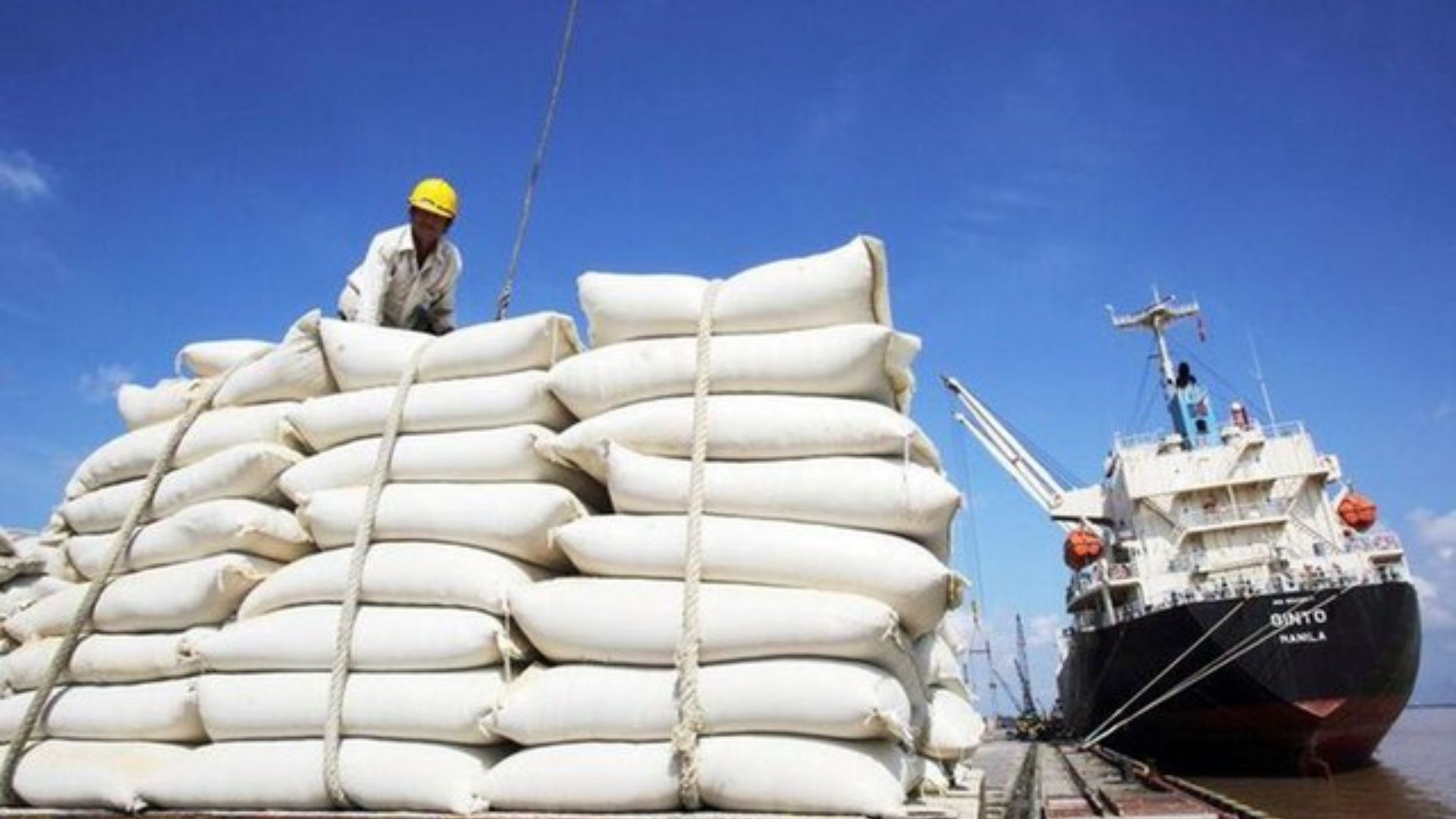
19:05 | 23/03/2025 10:53 | 05/08/2025Society
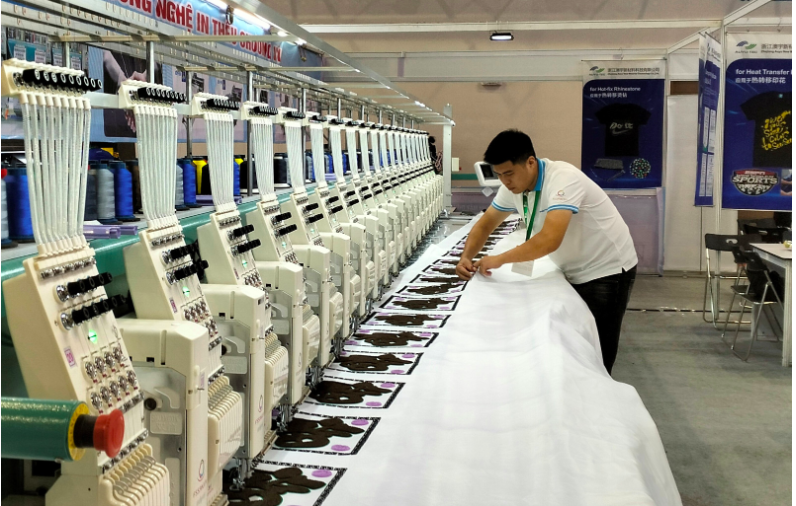
19:05 | 23/03/2025 16:12 | 07/08/2025Cooperation

19:05 | 23/03/2025 11:18 | 17/12/2025Trade

19:05 | 23/03/2025 11:17 | 17/12/2025Trade

19:05 | 23/03/2025 09:50 | 17/12/2025Trade

19:05 | 23/03/2025 20:46 | 16/12/2025Industry
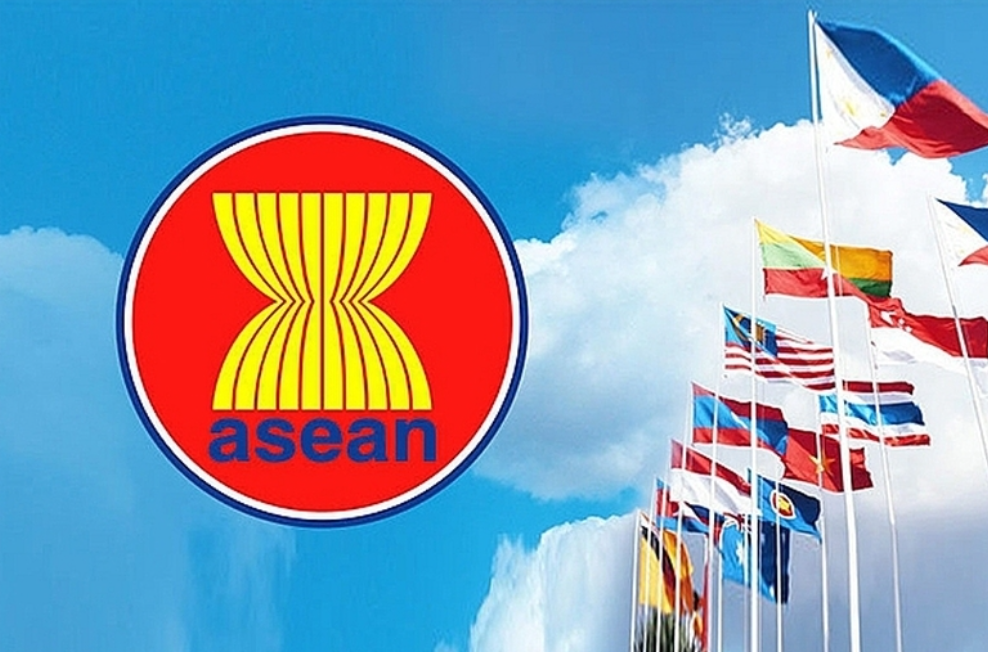
19:05 | 23/03/2025 20:41 | 16/12/2025News and Events